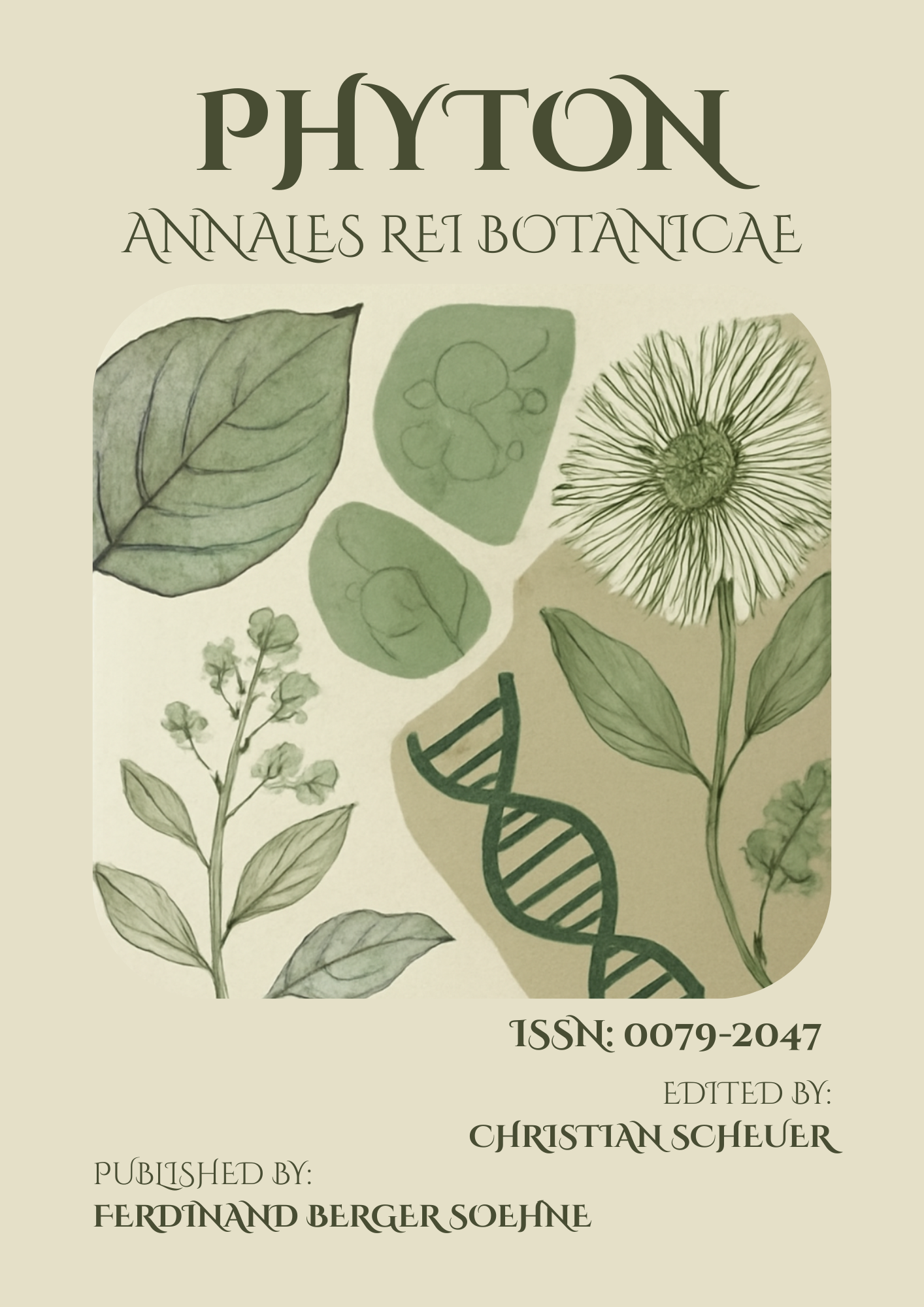Exploring the Potential of Agroforestry Systems in Mitigating Climate Change: A Case Study from South Africa
Keywords:
agroforestry, climate change, carbon sequestration, soil fertility, South AfricaAbstract
Agroforestry systems, which integrate trees into agricultural landscapes, offer a promising strategy for mitigating climate change by sequestering carbon and improving soil fertility. This study explores the potential of agroforestry systems in South Africa, focusing on their role in carbon sequestration and enhancing agricultural productivity. The research was conducted in several agroforestry pilot sites across South Africa, where various tree-crop combinations were tested. Carbon stocks in both biomass and soil were measured, and soil health indicators such as organic carbon content, pH, and microbial activity were assessed. The results revealed that agroforestry systems sequestered significantly more carbon than monoculture systems, with certain tree species such as Acacia and Eucalyptus showing exceptional growth and carbon storage potential. In addition, agroforestry systems improved soil structure and fertility, leading to enhanced crop yields and reduced dependency on chemical fertilizers. The study also found that agroforestry contributed to biodiversity conservation by providing habitats for wildlife and increasing plant species diversity. These findings underscore the importance of agroforestry as a climate-smart agriculture practice in South Africa, offering a win-win solution for both climate change mitigation and sustainable food production. The study advocates for the wider adoption of agroforestry systems across the country as part of national strategies for carbon neutrality and agricultural resilience.
Published
How to Cite
Issue
Section
License
Copyright (c) 2024 PHYTON-ANNALES REI BOTANICAE

This work is licensed under a Creative Commons Attribution-NonCommercial-ShareAlike 4.0 International License.
This article is published under the terms of the Creative Commons Attribution-NonCommercial-ShareAlike 4.0 International License (CC BY-NC-SA 4.0). Readers may share and adapt the material for non-commercial purposes, provided appropriate credit is given and adaptations are shared under the same license.



